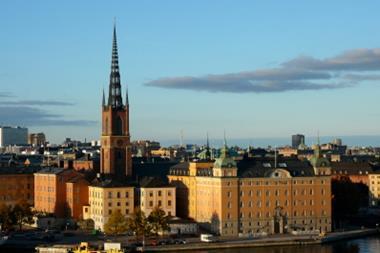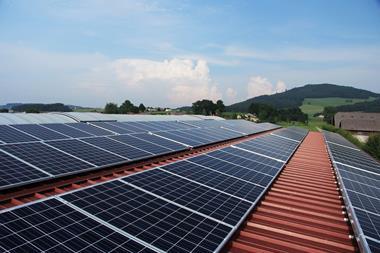Danish labour-market pension fund Sampension has announced an investment of DKK300m (€40m) in green bonds issued by Ireland and Germany, and it expects to put more into the “still limited” market for these environmentally-friendly securities.
Sampension and the group of pension funds it manages – the Architects’ Pension Fund (AP) and the Pension Fund for Agricultural Academics & Veterinarians (PJD) as well as engineers’ fund ISP – have made the investment.
Roughly half of the total was invested in German green bonds issued by development bank Kreditanstalt für Wiederaufbau (KfW), with the other half going into Irish Sovereign Green Bonds (ISGBs).
The DKK262bn pension fund said it expects to make more investments in green bonds over the next few years, adding that the German government recently announced plans to set aside DKK375bn for an investment fund with the aim of boosting sustainable schemes.
Jesper Nørgaard, Sampension’s deputy CIO, said: “The market for both green, social and sustainable bonds is still limited.”
However, looking just a few years ahead, he predicted there would be far greater breadth in this type of investment.
Sampension said the Dutch government issued DKK45bn of green bonds this summer, and the Danish government had discussed the possibility of releasing its own green bonds – a plan the fund said was expected to become a reality next year.
“Responsible investments and long-term, stable returns go together. This means that when a green or sustainable investment yields the same or higher as other bonds with the same risk, then of course we invest in it,” Nørgaard said.
Separately, large Nordic pension funds including ATP, Danica Pension, PFA Pension, MP Pension, PenSam and AP2 put money into the first green bond to be issued in Danish kroner by the World Bank, which was announced two weeks ago.
The bank said the DKK3bn AAA-rated issue, which carries a 0.2% annual coupon, marked its re-entry into the Danish krone market for the first time since 1997, and added that the 20-year issue was the longest maturity green bond issued by a supranational agency in the market.
George Richardson, World Bank capital markets director, said: “We are pleased to be back in the Danish market with our first DKK-denominated green bond.
“Investors are looking to connect their investments to development solutions that address climate change and other global challenges that make a difference for people around the world. We appreciate the strong support from Danish investors,” he added.
Commenting on its investment, ATP said: “As a pension fund with liabilities in Danish kroner and being a dedicated green bond investor, ATP highly appreciates the issuance of IBRD’s inaugural DKK green bond.”
According to the Danish central bank, Danmarks Nationalbanken, citing Moody’s data, green bonds only accounted for around 1% of the total global bond market at the end of September, with an outstanding value of just under €700bn, despite the green bond market having quadrupled over the last four years.
In Denmark, issuance of – and investment in – green bonds has also increased, but on a lower scale the bank reported.
Outstanding green bonds stood at just over DKK40bn, with the insurance and pensions sector holding the majority of Danish investors’ green bond holdings of around DKK37bn, the bank said.









No comments yet